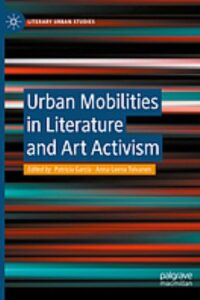Thanks to the many works set in recognizable, central parts of the city, such as those by Eduardo Mendoza, Carmen Laforet, Mercè Rodoreda and the best sellers by Carlos Ruiz Zafón, Barcelona has long been on the map of iconic literary cities. However, in the twenty-first century there has been an upsurge of cultural interest in narratives situated on the working-class outskirts of the city. These novels offer a counter-geography of literary Barcelona by setting their plots in infamous satellite areas. This chapter sets out to demonstrate the relevance of this corpus for the themes of urban mobility. Which specific mobility regimes and practices operate in the low-income urban peripheries of these narratives? How do unequal mobilities engage with the concept of periphery in the urban context? How do these affect character construction, plot development and recurrent imagery across the studied narrative texts? The analysis moves between three texts—Paseos con mi madre (Javier Pérez Andújar 2011), La travesía de las anguilas (Albert Lladó 2020) and El lunes nos querrán (Najat El Hachmi 2021)—and around the thematic axes of movement, mobilization, dispossession and gendered motility.
Urban mobilities in literature and art activism
Mobility and Dispossession on the Fringes of Literary Barcelona

